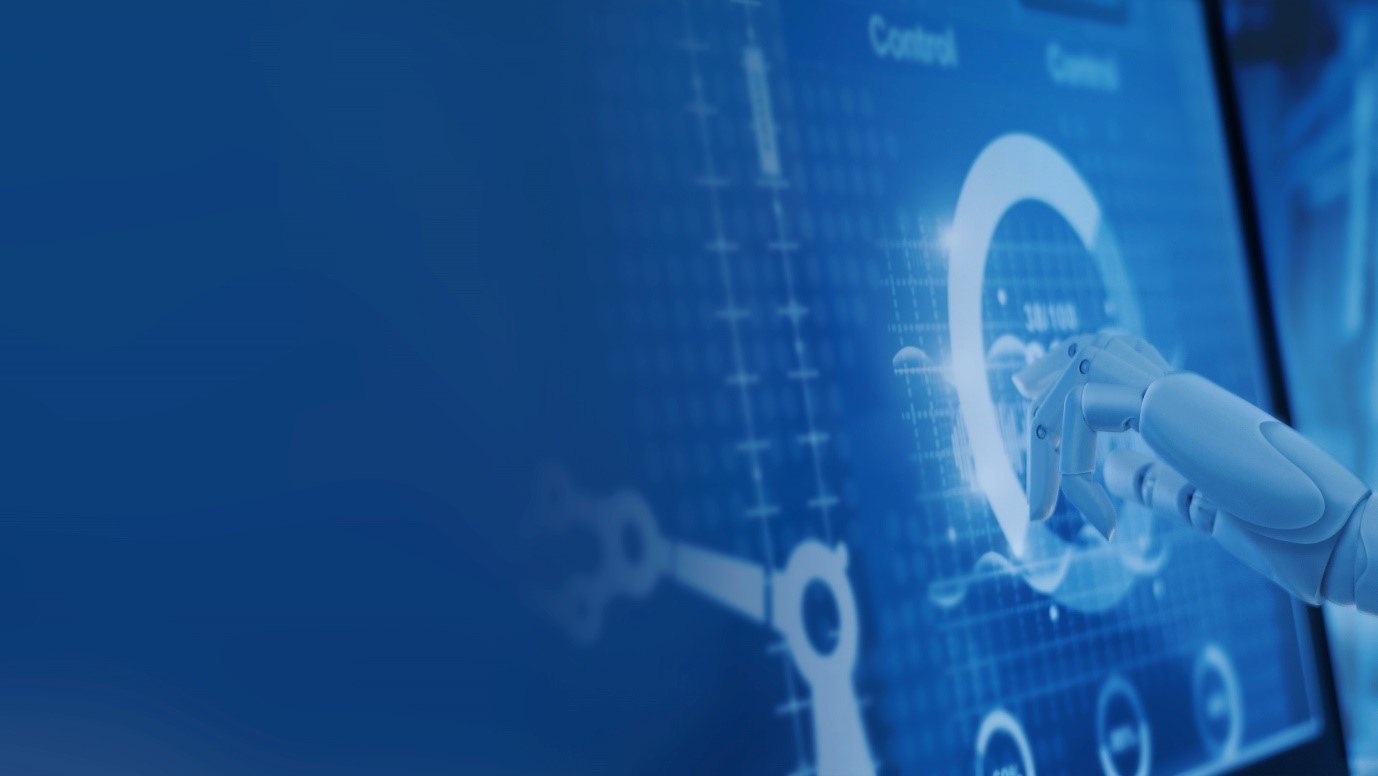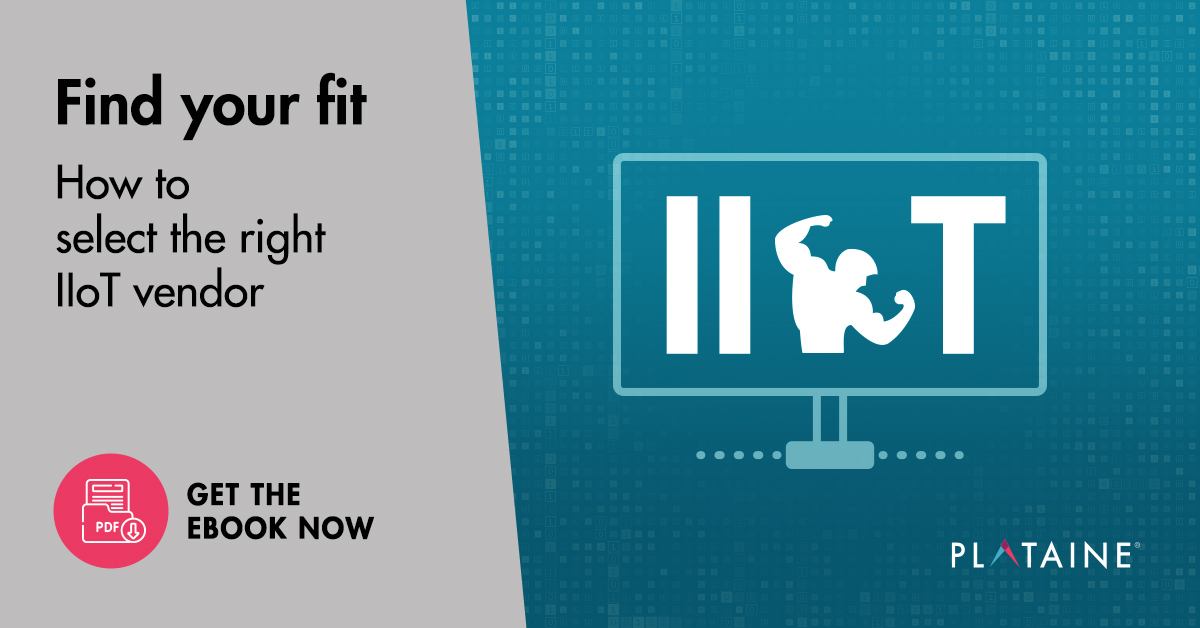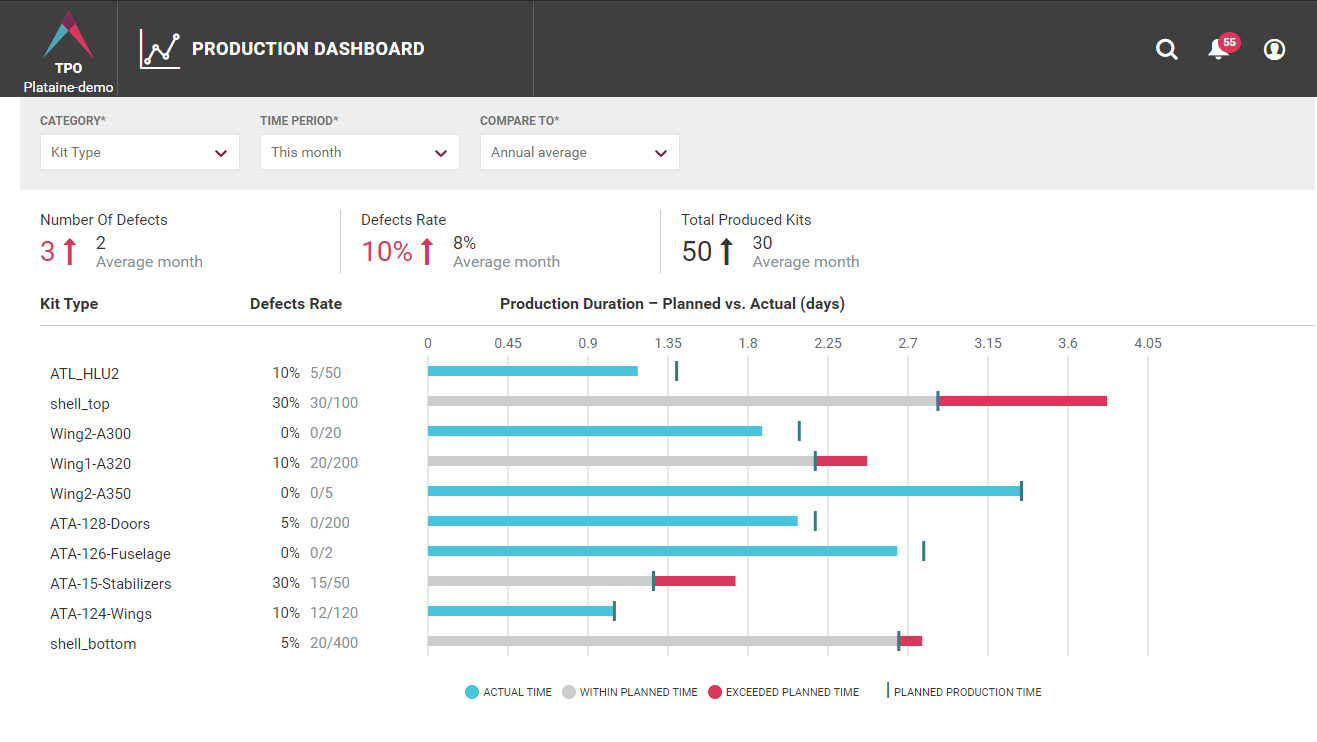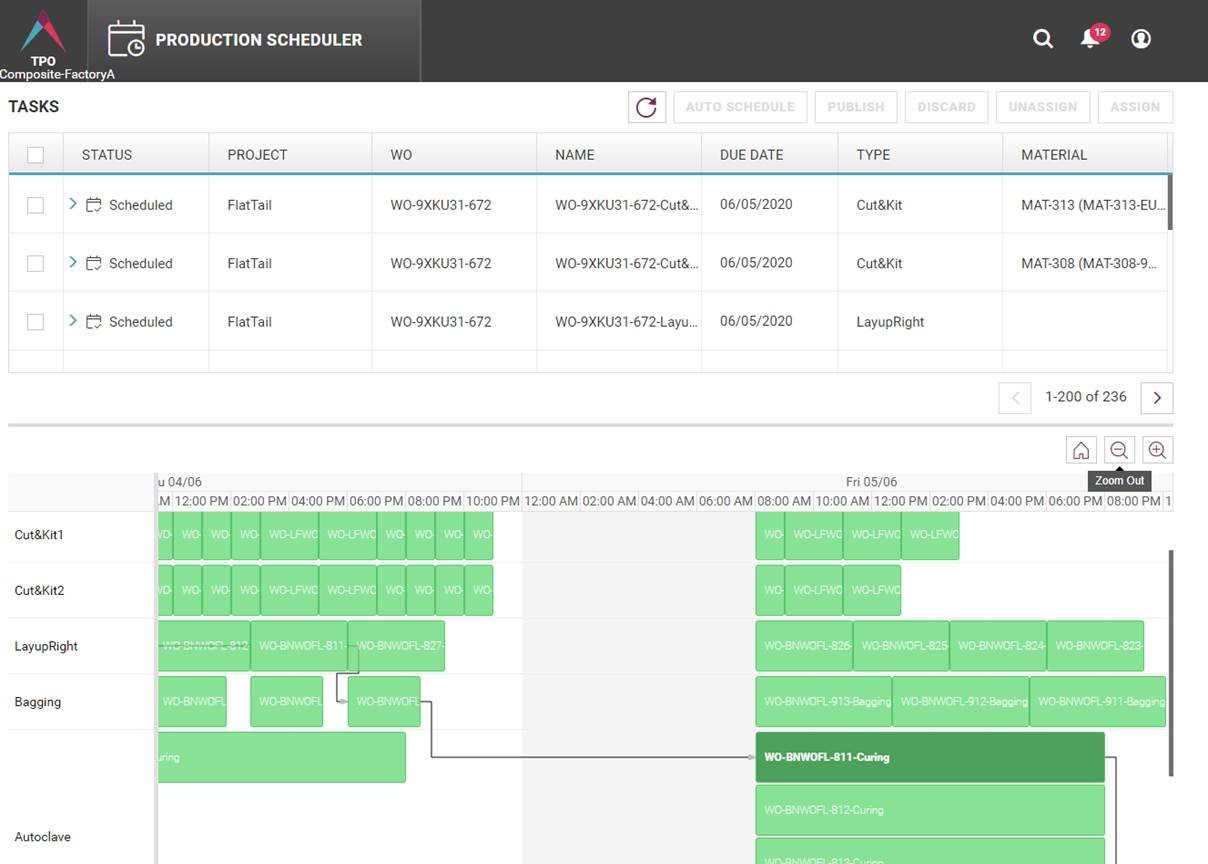Scheduling production operations is one of the key challenges faced by planners and schedulers working for advanced manufacturers. An optimized production schedule will improve on time delivery while ensuring the best possible use of factory floor resources – increasing throughput and reducing waste. As factories adjust to the ‘new normal’ of the COVID-19 world, the ability to optimize and easily reorganize factory operations is more important than ever. While scheduling hundreds of manufacturing operations per working week could be quite challenging for a human, luckily today, AI-based intelligent software can help planners meet their objectives.
An advanced production scheduling software takes a set of pre-defined business KPIs to automatically schedule work orders and assign tasks to specific workstations. This helps planners to effectively create production schedules and meet their targets. Advanced production scheduling software solution will act as a Digital Assistant, operated by your planners and schedulers, enabling both the planning and the problem-solving processes to be jointly driven by humans and software, and helping your factory to reach more optimized schedules than ever before, and to do it quicker. Digital Assistants react to sudden problems or order changes in real-time.
In this blog post, I would like to take a deeper look at some of the production scheduling pain points that manufacturers face; and also to demonstrate that some of the most advanced software solutions can solve these problems and deliver benefits that cannot be achieved with traditional production scheduling solutions.
Planning efficiently, and improving resource utilization
To get the best out of your production operations, you need to use all resources such as manpower, machines and tools in the most efficient way. In most cases, manual planning departments generate their plans by considering a vast number of factors, such as available resources, machines’ capacity, the weekly demand of work orders (especially any particularly tight deadlines), any company rules and constraints which must be considered, and also KPIs that must be achieved (such as service level agreements or ‘shortest time to market’ requirements). This process is time consuming and complex; but using AI-enabled software can make it work more effectively, responding to ever changing constraints and eliminating human error.
Additionally, the Digital Assistant can take historical data and correlate it with the performance of all manufacturing stations across a factory, and it can cross reference this with the month or even the day of the week, to improve planning accuracy further still.
Perhaps your factory has bottlenecks in its production lines – for example, cranes or an expensive machine. AI software can iron out such holdups – delivering significantly improved overall production efficiency. AI software can calculate hundreds and thousands of possible options in your production lines in just a few seconds and guarantees to present the best possible production schedule every time.
Managing planned downtime
Machine downtime is another issue. Of course, it is not possible to eliminate downtime altogether but, what is most probably possible, is to plan it far better than you are doing right now. Unplanned downtime will be discussed below but, when it comes to planned downtime such as scheduled machine maintenance, AI-enabled software can still deliver major benefits, due to its capability to distribute the work load among other available resources. Essentially, if you’ve got advanced scheduling software, no opportunity for improving efficiency will be overlooked.
Responding in real-time
One thing people can never have on their own is total, holistic, real-time visibility across the whole production floor. By visibility, I don’t just mean being able to physically see your production line from the window of the production office, and I don’t just mean being on the receiving end of regular reports from production floor staff – although these things can still be useful. I mean complete visibility. AI-based software can use a network of smart sensors to know literally everything that is going on, all the time. In an IIoT-enabled factory, your Digital Assistant constantly knows the location on the production floor of every piece of equipment, raw material, kit and part, as well as the status of all work-in-progress. It knows the status of every machine, and it can ‘see’ – and alert employees to – things that people might overlook such as if production has suddenly slowed down or an operation is late.
So, how does real-time visibility help with production scheduling? Well, it is the unique capability to combine historical data and assumptions with a stream of constantly updated real-time data that gives production scheduling software an important edge – allowing it to achieve increased process control and the ability to compare planned events with actual events, and giving the ability to react appropriately based on that context. This means that your production schedule can change on-the-fly, moving in step with events as they occur. It also gives the ability to respond rapidly to sudden changes in an existing order, and to add in urgent orders that were received at short notice without compromising on prior commitments.
Unplanned downtime
Let’s imagine you start out the day with the most efficient production schedule possible. Then, at 10 a.m., one of your machines goes down and requires repair. Suddenly, your team needs to re-adjust the schedule to adjust to the new situation until a technician can fix the machine. When a plan has been re-done under such pressure, can you really be sure it would be the optimal option by taking into consideration all the KPIs? And can you be sure that you’ve chosen the most cost-efficient way to address the mishap? When this is automated with production scheduling software, you can be sure of these things – and that an entirely new set of variables thrown up by the unexpected problem, has been thoroughly understood and accounted for. In fact, the software may be working out how to fix the problem before your employees even realize it has happened at all.
A machine going down is perhaps an extreme example, but advanced software can react to adjust the production schedule to manage even the smallest of unexpected changes, such as if an urgent job needs reworking, a raw material is not available, a tool is missing, or simply if some jobs took longer than planned. The software can also react to short-term changes in the priorities of factory management, such as if there is a sudden incoming rush order, or if a member of staff goes off sick. The result is that you are safe in the knowledge that your production is always running according to the most efficient possible production schedule, no matter what happens.
Ultimately, the point is that the ability to react in real-time to variations in demand, and variations in availability of resources, will ensure that you are always able to meet deliveries on time.
Working with Plataine’s Production Scheduler 4.0
Plataine’s Production Scheduler 4.0 is designed with enhanced functionality and an intuitive user interface for maximum ease of use. Features such as drag and drop, schedule tracking, connectivity to the factory floor and interactive Gantt charts that give a comprehensive view of the week’s
demand at the click of a button; mean that your planners and schedulers will need very little training to get to grips with its full capabilities.
Production Scheduler 4.0 is easily implemented, with the software hosted on the cloud, which means that deployment does not require any installation and can be done remotely – something that is good to know in this era when a localized Coronavirus spike can cause sudden travel problems.
Production Scheduler is a part of Plataine’s TPO (Total Production Optimization) suite of IIoT manufacturing applications, and it can run standalone, or be a part of a suite of several applications.
To continue the conversation about optimizing your production scheduling, or about the IIoT more widely, get in touch with one of our Digital Transformation specialists.













